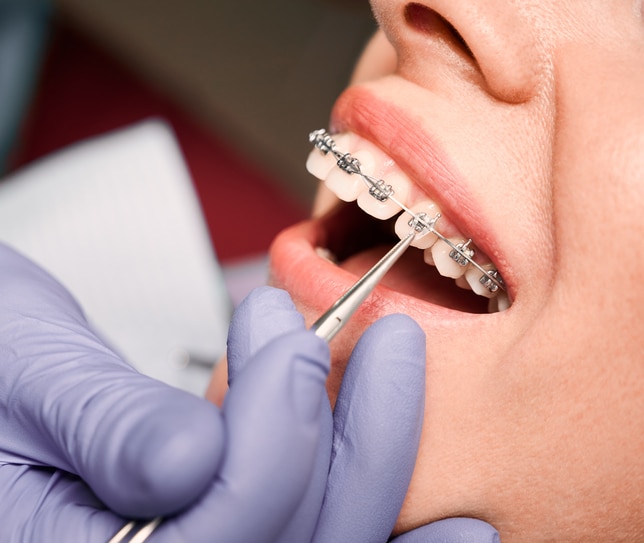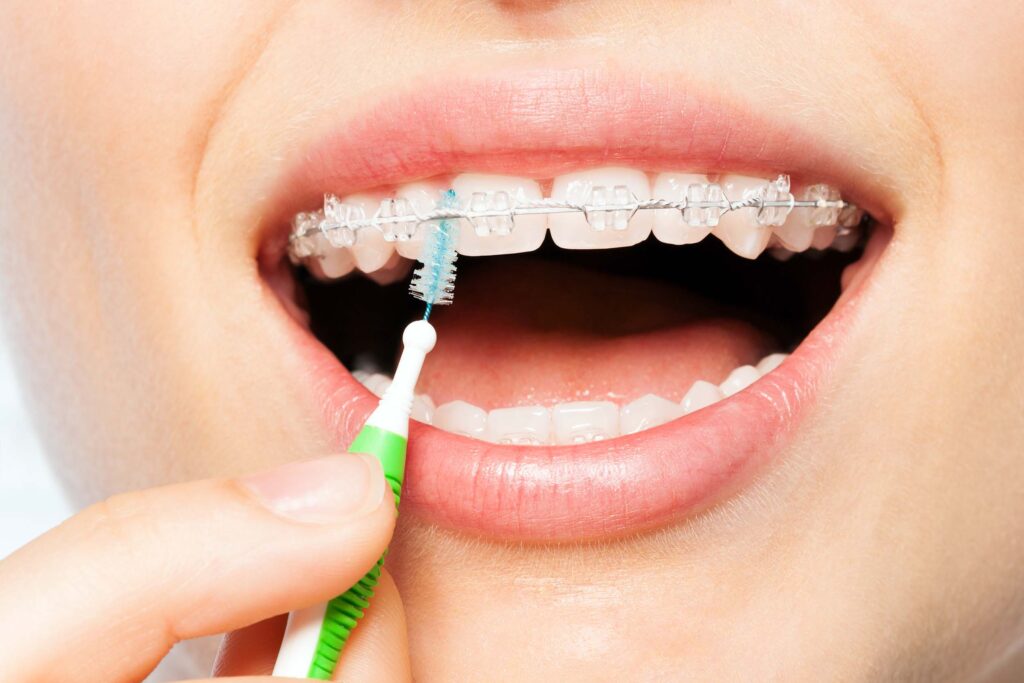Comprehensive Overview to Orthodontics Procedures for Dealing With Dental Misalignments
Comprehending the details of each procedure, including their systems, advantages, and possible downsides, is important in making educated choices concerning one's orthodontic treatment. As we navigate through the detailed overview to orthodontic treatments for dealing with oral misalignments, the intricate details of each technique will unfold, dropping light on the path towards a useful and unified oral placement.
Orthodontic Procedures Review

Along with clear aligners and traditional dental braces, orthodontists may additionally advise other treatments like headwear, palatal expanders, or retainers to resolve particular alignment problems (cumming invisalign). These procedures are customized per patient's special needs and may include a mix of therapies to achieve the preferred outcomes. Normal adjustments and monitoring are vital components of orthodontic treatment to guarantee development gets on track and to make any kind of necessary modifications along the road. By going through orthodontic procedures, individuals can not just achieve a straighter grin but likewise enhance their general dental health and wellness and feature.
Standard Braces: How They Work
When taking into consideration orthodontic treatments for dental imbalances, typical braces stand out as a tried and true approach for correcting teeth positioning. Conventional braces are composed of brackets, cables, and bands that function with each other to use continual stress on the teeth, progressively relocating them right into the wanted alignment.
One key aspect of how conventional braces work is the process of bone renovation. As pressure is related to the teeth with the braces, the bone surrounding the teeth is reshaped to sustain the brand-new tooth placements. This makeover is essential for the long-term security of the dealt with placement. Individuals will certainly need regular adjustments at the orthodontist's workplace to make certain the dental braces continue to apply the correct stress for reliable teeth motion.
Undetectable Aligners: Benefits And Drawbacks
These clear, personalized trays are practically undetectable when put on, making them an appealing choice for people looking for a more aesthetically pleasing orthodontic treatment. Individuals can get rid of the aligners before eating or brushing their teeth, decreasing the danger of food obtaining stuck in the device and simplifying the cleaning process.

Surgical Orthodontic Options
Surgical treatments in orthodontics existing feasible alternatives for resolving complex oral imbalances that might not be effectively dealt with with traditional orthodontic treatments. While unnoticeable aligners and conventional braces can correct many orthodontic issues, certain instances call for medical treatment to accomplish optimal results. Surgical orthodontic alternatives are typically advised for extreme malocclusions, considerable jaw inconsistencies, and cases where the underlying bone framework requires adjustment to achieve appropriate placement.
One usual surgical orthodontic treatment is orthognathic surgical treatment, which involves rearranging the jaws to remedy functional concerns such as problem speaking or chewing. This surgical procedure is typically carried out in cooperation with an orthodontist that helps straighten the teeth before and after the treatment. Surgical orthodontics may also include procedures to reveal impacted teeth, get rid of excess gum cells, or reshape the jawbone to develop a more unified facial account.
Before thinking about surgical orthodontic choices, patients undergo an extensive analysis to identify the need and potential advantages of such you could try these out treatments. orthodontics. While surgical procedure may appear complicated, it can dramatically boost both the feature and aesthetic appeals of the smile in situations where traditional orthodontic therapies fall short
Retainers and Post-Treatment Treatment

Post-treatment care entails adhering to the orthodontist's guidelines faithfully. This might include proper oral health methods, going to follow-up appointments, and putting on the retainers as suggested. Failure to follow post-treatment treatment guidelines can lead to relapse, where the teeth progressively relocate back towards their initial settings. Consistent retainer wear, excellent dental hygiene, and normal oral check-ups are essential for keeping the results attained with orthodontic surgery and making certain the long-lasting security of the remedied dental positioning.
Conclusion
In final thought, orthodontic procedures provide numerous options for correcting dental misalignments. Conventional braces utilize metal brackets and cords to change teeth into proper positioning. Unseen aligners provide an even more very discreet alternative however might not be ideal for all cases. Surgical orthodontic options are readily available for a lot more severe imbalances. Retainers are frequently utilized post-treatment to preserve the new alignment. In general, orthodontic treatments can successfully enhance oral health and visual look.
As we navigate via the thorough overview to orthodontic procedures for dealing with dental imbalances, the complex information of each method will certainly unfold, losing light on the path towards a unified and useful dental alignment. - orthodontics
One of the most common orthodontic therapies is the use of braces, which are composed of steel brackets and cables that use gentle pressure to slowly change teeth into the wanted setting.When taking into consideration orthodontic therapies for dental misalignments, conventional dental braces stand out as page a time-tested approach for fixing teeth placing. In addition, unseen aligners might not be suitable for complex orthodontic problems that need more significant teeth movement, as they are generally suggested for mild to modest cases. Retainers are tailor-made orthodontic devices developed to hold teeth in their remedied settings after the completion of orthodontic treatment.